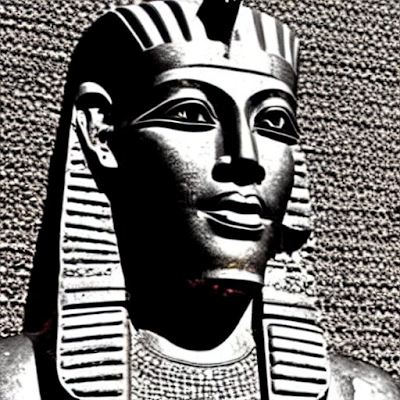The Deification of Hatshepsut How She Became a God in Ancient Egypt

The Deification of Hatshepsut How She Became a God in Ancient Egypt - Hatshepsut was a female pharaoh who ruled ancient Egypt for over two decades during the 18th dynasty. She is widely considered to be one of the most successful pharaohs in the history of ancient Egypt. Despite the fact that she was a woman in a male-dominated society, Hatshepsut managed to secure her place on the throne and maintain her power for a long time. One of the reasons for her success was her ability to manipulate the religious beliefs of the Egyptian people. Hatshepsut was able to convince the people of Egypt that she was a god, and as a result, she was worshiped as a deity for centuries after her death. Hatshepsut was born to King Thutmose I and his queen, Ahmose. Her father died when she was still a young girl, and her half-brother Thutmose II became the new pharaoh. Thutmose II was married to Hatshepsut, but he died without leaving an heir. As a result, Hatshepsut became the regent for her stepson...

















